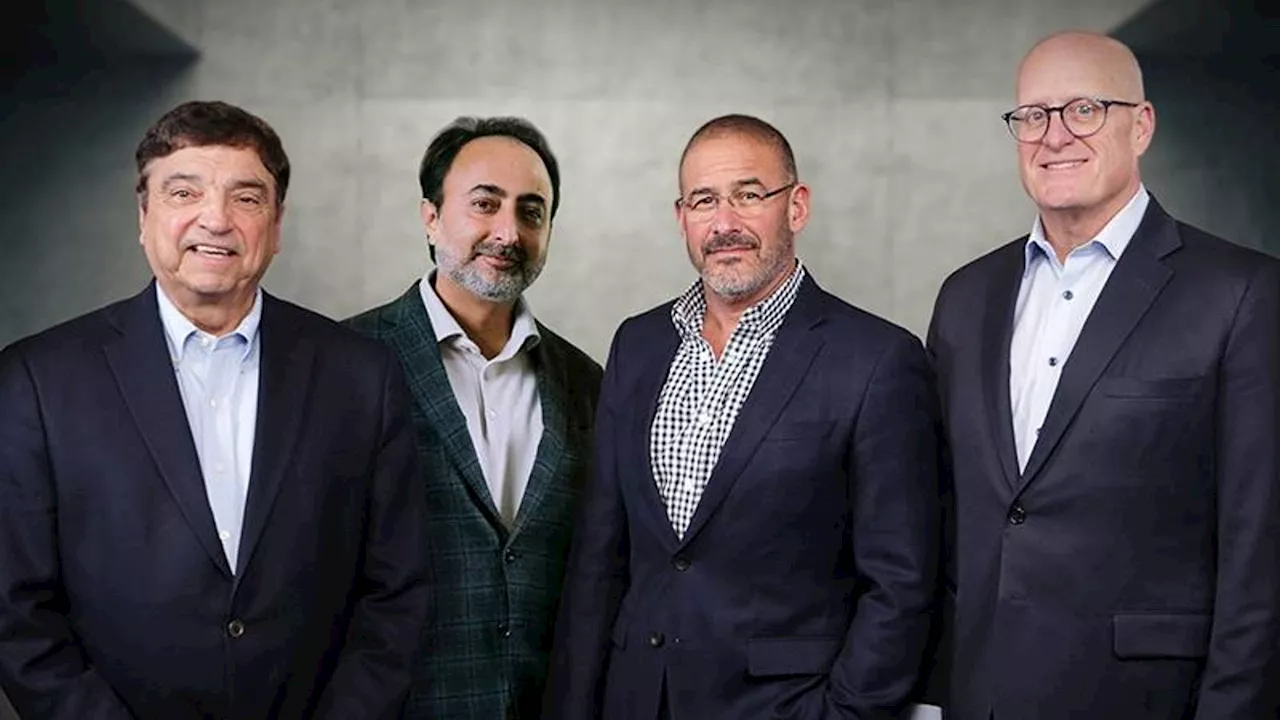I'm a senior writer at Forbes covering healthcare technology, and I also write the InnovationRX newsletter. I was previously a healthcare reporter for POLITICO covering the European Union from Brussels and the New Jersey Statehouse from Trenton. I was a 2019-2020 Knight-Bagehot Fellow in business and economics reporting at Columbia University.
From L to R: Summa Health Board Chair George Strickler, General Catalyst CEO Hemant Taneja, HATCo CEO Marc Harrison and Summa Health CEO Cliff Deveny.: The creation of an entirely new company that would someday acquire a multi-billion dollar health system that could serve as a proving ground for new technologies.
he was looking for a health system with “good bones” and “room for improvement.” One of the things that Summa Health has going for it, he said, is it also operates a health insurance plan, which “can grow.” Historically, hospitals and doctors are paid a fee for each service they perform for their patients. However, the U.S. healthcare system has slowly been shifting to “value-based care” — a model in which providers receive a chunk of money to manage a person’s general health over a period of time. If that person needs nothing beyond an annual physical, the provider keeps whatever funds have not been used.
